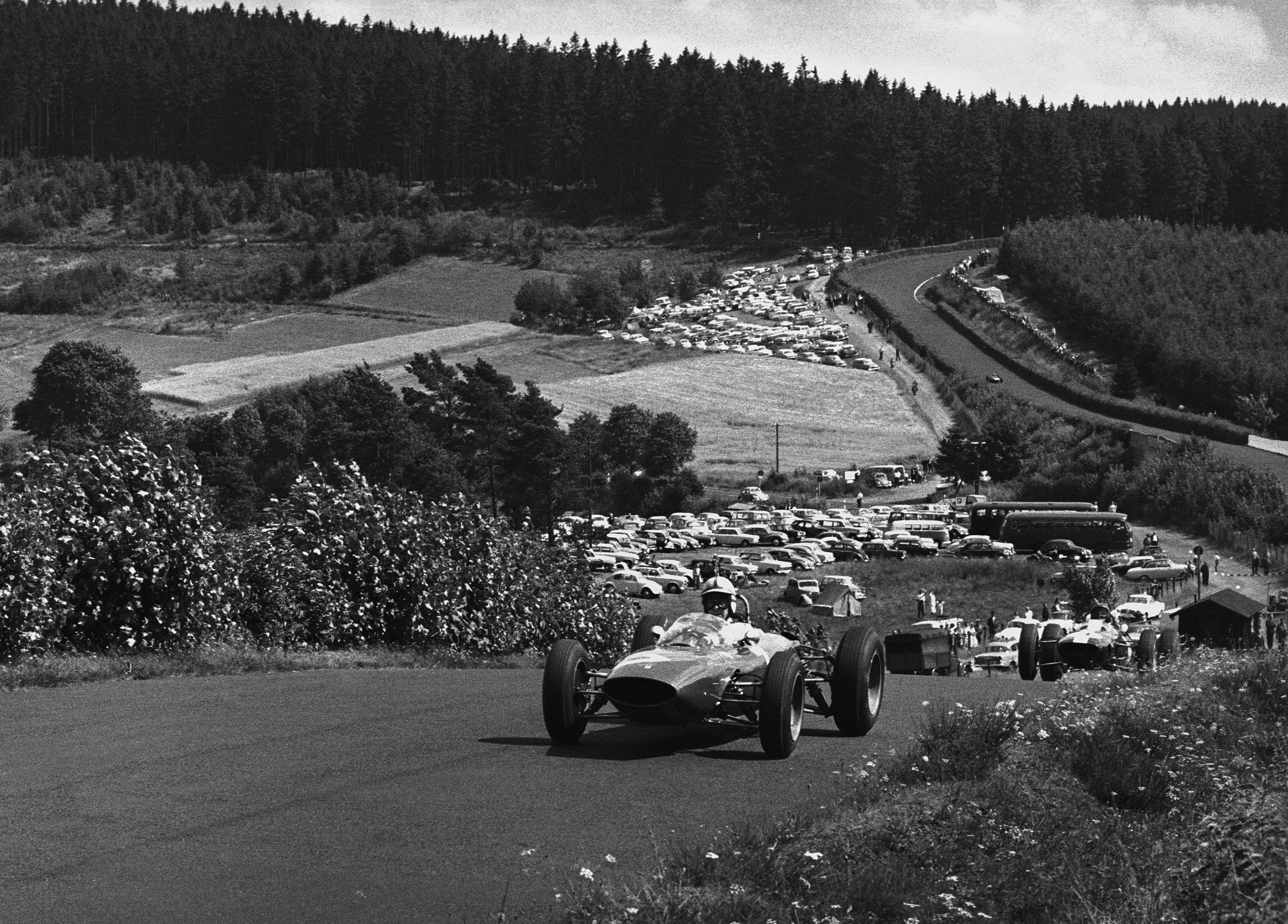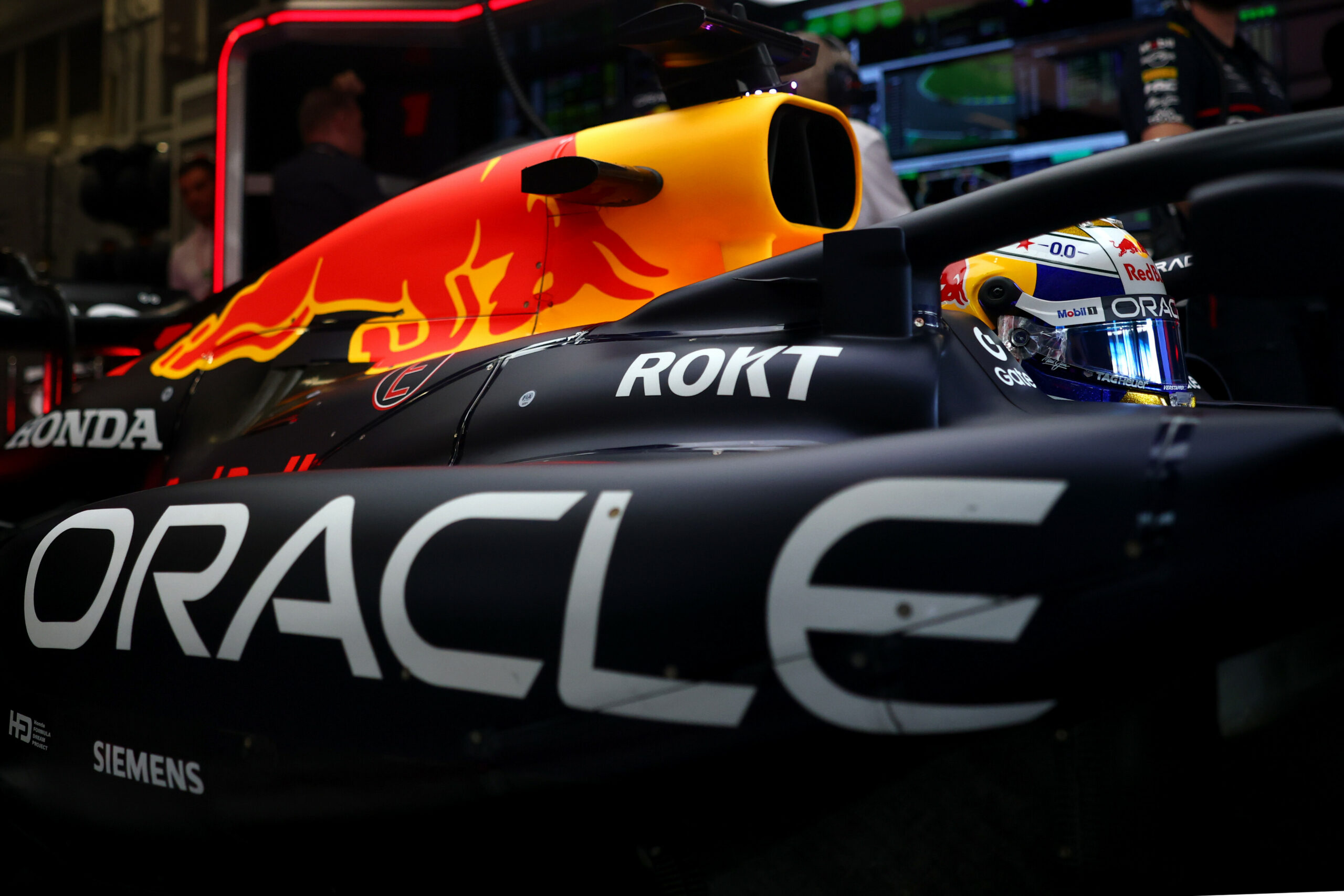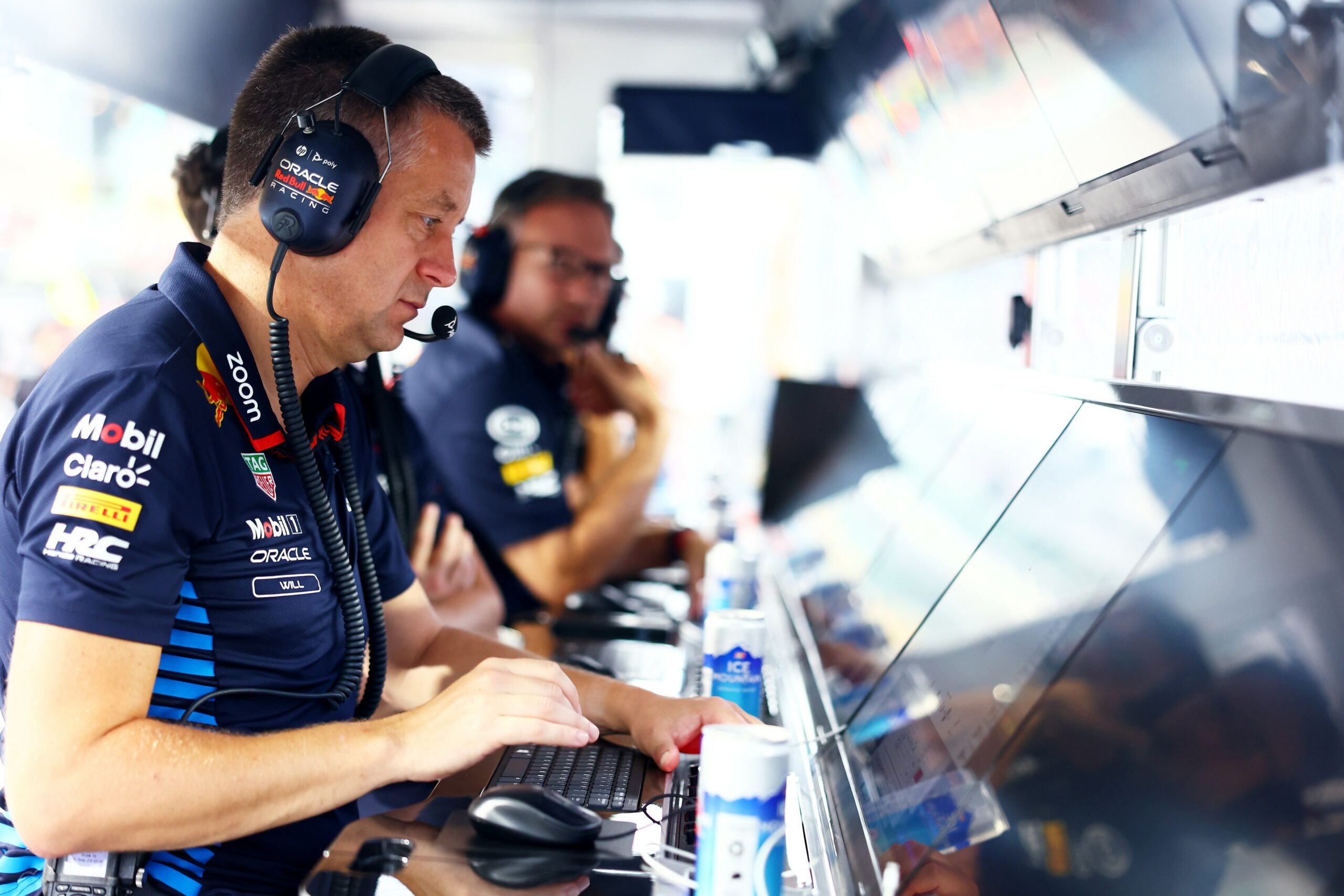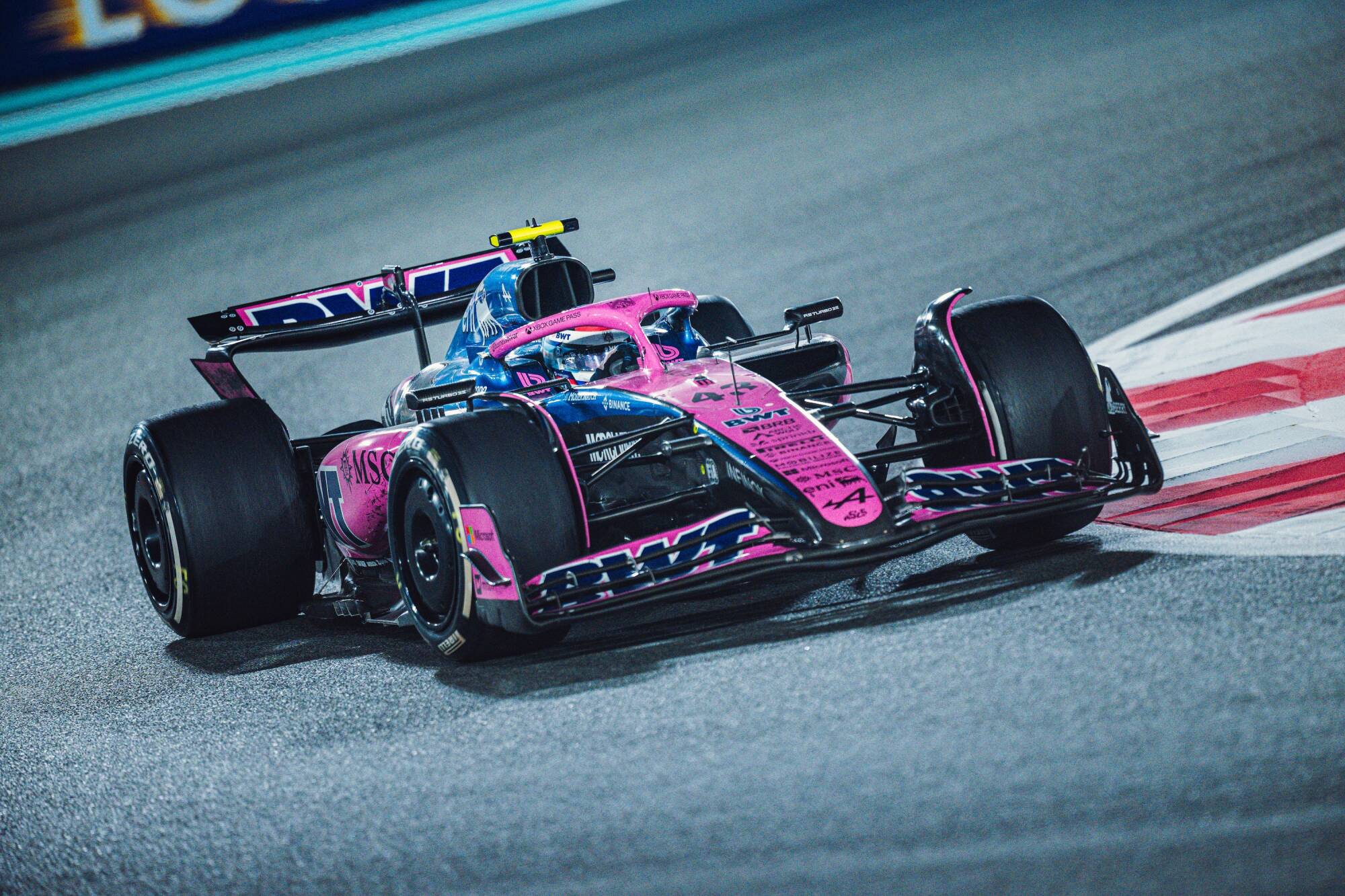The 1963 German Grand Prix was held at the Nürburgring and was the sixth round of the 1963 Formula 1 season. The 117th World Championship race has become famous for being the only race in which Jim Clark finished in second position.
The two-time world champion dominated the 1963 season, winning seven out of ten races to claim his maiden F1 World Drivers’ Championship. However, he was beaten at Germany for just the second time all season when John Surtees claimed his maiden F1 victory.
The 15-lap race was held on August 4th, 1963, and the challengers to Clark’s dominant Lotus 25 would be hoping to capitalise on any mistakes if they were to deny the Scot a fifth consecutive race victory.
Concern around the circuit
Brutal winter conditions in 1962 heavily damaged the Nürburgring, leaving the on-track surface extremely bumpy.
The harsh conditions damaged the circuit extensively, and with a limited budget, organisers could do little to resolve the issue before the race weekend.
Earlier events at the Nordschleife gave the organisers some hope, as the track’s excessively bumpy surface hadn’t affected them.
The championship standings
At the halfway point in the 1963 season, Clark had claimed four out of five victories with Graham Hill winning the season opener in Monaco.
The Scot led the championship by 22 points ahead of Richie Ginter in the BRM with Hill, Surtees and Dan Gurney completing the top five.
Team Lotus were in command at the top of the Intercontinental Cup for Manufacturers. BRM trailed behind in second place by 19 points with Cooper-Climax and Brabham-Climax close behind them in third and fourth respectively.
Could anyone deny Clark in qualifying?
With three sessions to set a fastest lap, many drivers opted for different strategies in qualifying. Clark decided to gradually increase his pace whilst Innes Ireland pushed hard in Q1 and crashed into the trees.
The second part of qualifying was a washout with heavy rain and the track was subsequently too wet for fast runs. All drivers set their quickest times in Friday morning’s session with Surtees in the Ferrari finishing the day on top after getting his mechanics to tune his car for the circuit’s heavy bumps.
For the final part of qualifying on Saturday, Clark looked imperious as he delivered a lap time of 8:45.8 to go just under a second quicker than Surtees’ fastest lap on Friday. Clark had also set up his car to handle the bumps, while a crack in the Ferrari driver’s chassis cut his session short.
Clark and Surtees would line up first and second on Sunday ahead of two BRM’s of Lorenzo Bandini and Hill with Bruce McLaren in fifth. The top five were the only drivers to set a lap time under nine minutes.
The pre-race feeling
On Sunday morning, mixed feelings spread around the circuit as teams worked tirelessly overnight to prepare their cars for the rough track surface.
Meanwhile, in celebration of the 50th anniversary of the first German GP, the organisers set up a parade of surviving winners, including Hill and Jo Bonnier.
With Hill and Bonnier back in their cars, the race was set to begin under sunny and warm conditions at the Nürburgring, as Surtees aimed to deny Clark a fifth consecutive victory.
A dream start for Clark
The flag dropped to signal the start of the 1963 German GP, but Jack Brabham and Ian Burgess both failed to get off the line due to ignition issues. They would both later continue, albeit a lap down.
At the front of the grid, Clark got an excellent launch to maintain first after starting on pole position. Ginther and Tony Maggs ran in second and third whilst Bandini and Surtees had work to do as poor starts had dropped them both down the order.
Bandini’s first competitor was Ireland in the Lotus-BRM, but they got too close together at the Karusell and crashed out of the race.
Rare issues for the Lotus 25
As the first lap went on, it was clear that Clark was suffering from an issue as his Lotus 25 was struggling in the corners that it is usually so dominant in.
Ginther was making gains and made the move, by the end of lap one, to take the lead at the Nürburgring as the recovering Surtees also swept past the Lotus to drop Clark down to third.
However, Ginther’s lead was short lived as he was passed by Surtees and Clark who began to pull away from the rest of the field.
A horrifying accident
On lap two, Willy Mairesse in the Ferrari was coming through the Flugaplatz when his car went airborne and hit a bump on the way down which launched his car off the circuit.
The Belgian was freed from the ditch where his car had stopped and suffered a career-ending broken arm. However, there was a far more upsetting injury revealed at the end of the race.
A stray Ferrari tyre tragically struck young Red Cross volunteer Günther Schneider, killing him on impact.
The battle for the lead
By lap four of 15, Surtees and Clark had pulled well ahead, while Ginther battled McLaren for the final podium spot, until the New Zealander retired from the race due to a suspension failure.
The Cooper-Climax driver was coming through the high-speed left-hand curve at Aremberg when his suspension failed, sending him into a tree and knocking McLaren unconscious. Doctors released him from the hospital a few days later, finding no signs of serious injury.
At the front, the Scot had managed to get past Surtees on numerous occasions, but as he did, his engine would start to splutter which would allow the Ferrari to immediately re-overtake him.
Retirements down the pack
As the race approached the halfway point, there was another heavy accident. This time it was Tony Settember in the Scirocco-BRM who escaped with no signs of injury.
Gurney and Mario Araujo de Cabral were also out of the race as they both suffered gearbox issues.
Maggs, who had started the race so strongly, was another driver out of the competition as his engine slowly cut out.
Clark makes a key decision
With just a few laps to go, Clark decided to concede in his battle with Surtees for the win as he did not want to risk his life going for moves in the damaged Lotus 25.
As a result, the Ferrari driver quickly built a 20 second lead over the Scot, setting a new race lap record at the Nürburgring of 8:47.0.
Moreover, Clark began to suffer with a gearbox issue which dropped his pace even more, but his second position was never in threat from Ginther a long way behind him.
Who would claim fourth, fifth and sixth?
With the top three all comfortable in their positions, the battle for the remaining three points scoring positions was heating up.
Down the pack, German driver Gerhard Mitter moved past Carel de Beaufort and Bonnier as he saw a fifth placed finish was within his reach.
De Beaufort was suffering with an issue through right-hand corners which allowed Bonnier to comfortably move past him. The former would fail to finish the race as the issue on the left rear wheel increased and brought him to a stop.
Jo Siffert had been running in fourth until a differential failure dropped him down to ninth, leaving Mitter to chase after Bonnier for what would be an outstanding P4 finish in front of his home crowd.
Surtees takes his maiden win
At the end of lap 15, Surtees crossed the line first to win the 1963 German GP and add his name to the illustrious list of F1 Grand Prix race winners. This would be Ferrari’s only victory of the 1963 season and their first since the 1961 F1 Italian Grand Prix.
Clark limped home to take second for the first and only time in a World Championship race. Ginther completed the podium places in third.
Meanwhile, Mitter had managed to finish in fourth after an issue for Bonnier had forced him to pit with just one lap to go. The German scored his first career points and was the last driver to avoid being lapped by Surtees. Jim Hall and Bonnier completed the top six as the latter drove through a chassis issue to claim the final point.
The battle for second in the championships
Despite Clark losing out for just the second time up to this point in the 1963 season, the result did little to affect his comfortable position at the top of the Drivers’ World Championship. His lead dropped from 22 to 20 with Surtees moving up to second on 22 points.
Ginther’s consistent season continued, despite losing a place to Surtees, as Graham Hill’s title defence looked all but over in fourth, now 29 points down on Clark’s lead.
In the International Cup for Manufacturers, Ferrari’s first victory for almost two years moved them into third, level with BRM in second on 22 points. Team Lotus now had 43 points to their name whist a bad weekend for BRP-BRM dropped them two places from sixth to last.
Will the Nürburgring ever return as a regular F1 circuit?
With no German GP on the current 2025 or next year’s 2026 F1 calendar, here are some driver’s views on the Nürburgring circuit.
On the Nordschleife, not the GP circuit, in an interview with Formula 1 magazine Max Verstappen said: “(A return) is really not going to happen with the cars we have now.
“One thing is for sure: F1 there will never happen again. Far too dangerous.”
Back in 2005, Mark Webber said: “The Nurburgring is a track steeped in history, especially the old part of the circuit.
“As it’s located in the mountains, the weather can be very temperamental and normally plays a big role in the race.
“I also like the circuit because it has a good mix of corners.”
In 2013, Sebastian Vettel previewed the German GP around the Nürburgring and said: “(The Nürburgring is) one of the longer tracks, and one I know very well from when I was racing in the junior series in Formula BMW and Formula 3.
“The best part of the track? Driving out of the Mercedes-Arena and into the Mullenbach loop is good, then down towards the Dunlop hairpin, you have to put it in third or fourth gear there. Then onto the Schumacher-S into the Warsteiner bend and back down towards the ADVAN arch.
“If you are (a fan) looking for action, you should go for sections where overtaking is possible, so at the first corner.”





